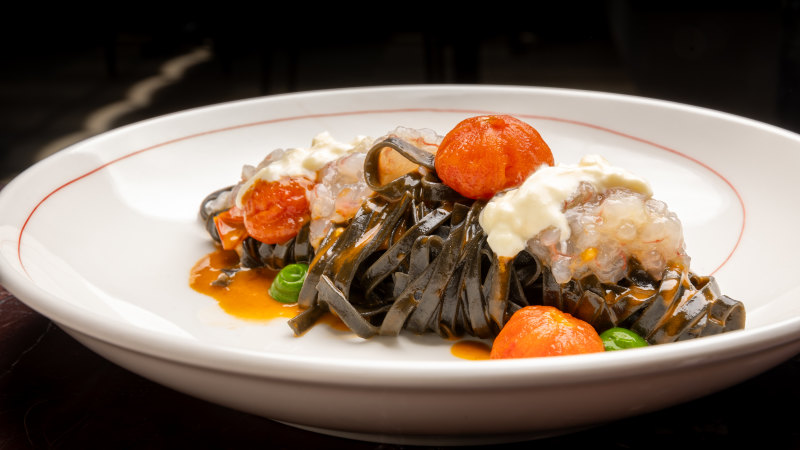Glance over any modern brunch menu, and you'll likely find a bagel and lox option on prominent display. Restauranteurs might give it a clever name or dress it up with garnishes and toppings — but the essential elements remain: A bagel topped with cured salmon and cream cheese. The warm heartiness of the bagel, the salty smokiness of the lox, and the velvety richness of the cream cheese come together as one tasty meal.
But the balanced flavor of bagel, salmon, and cream cheese isn't why this combination came to be. As with many longstanding dishes, the origin of the bagel-cream-cheese-and-lox pairing is somewhat murky, and as with many misunderstood American cuisines , the history isn't fully appreciated. There isn't a name or a restaurant to credit with its creation nor an exact date to begin its story.
However, most historians can at least agree on a setting. The bagel, cream cheese, and lox combo began in turn-of-the-century New York City in the Jewish community. Take your bagels and lox with a schmear of history Now, bagels weren't born and bred (bread?) in New York City; their origin can be traced back to Jewish bakers in the 13th century in what is now Poland.
Lox (which, it's worth mentioning, is different from smoked salmon ) came from Scandinavia and Native Americans when fishers learned how to best preserve their catch. Cream cheese is a New Yorker at heart, though — or at least an upstate New Yorker. The inventor is said to be William Lawrence, who began making .

















